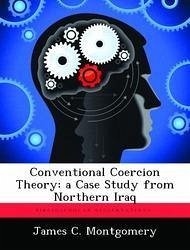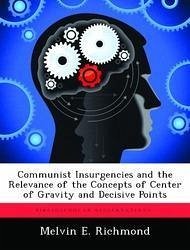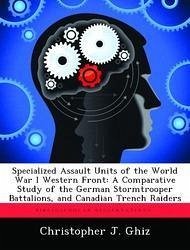
Prachanda Path and Oglaigh na hEireann: A Comparative Case Study of the Insurgencies in Nepal and Northern Ireland
Versandkostenfrei!
Versandfertig in über 4 Wochen
53,99 €
inkl. MwSt.

PAYBACK Punkte
27 °P sammeln!
Wars in Iraq and Afghanistan, and the Global War on Terrorism have raised the interest of the United States Government in insurgencies and counterinsurgencies. There are many different types and classifications of insurgencies. Two major types are leftist, Maoist style insurgencies and right-wing, nationalist/religious style insurgencies. As the right-wing, nationalist/religious style insurgencies continue to grow and gain momentum, the question becomes, "Are right-wing, nationalist/religious style insurgencies better structured and equipped to succeed than the leftist style insurgencies?" In ...
Wars in Iraq and Afghanistan, and the Global War on Terrorism have raised the interest of the United States Government in insurgencies and counterinsurgencies. There are many different types and classifications of insurgencies. Two major types are leftist, Maoist style insurgencies and right-wing, nationalist/religious style insurgencies. As the right-wing, nationalist/religious style insurgencies continue to grow and gain momentum, the question becomes, "Are right-wing, nationalist/religious style insurgencies better structured and equipped to succeed than the leftist style insurgencies?" In order to answer this question, this monograph will analyze the structure, tactical levels of discipline, operational focus, and insurgent strategies of two modern insurgencies, each representing a right-wing, nationalist/religious style or left-wing, Maoist style movement: the Irish Republican Movement in Northern Ireland and the Maoist Rebels in Nepal. The Communist Party of Nepal (Maoist) (CPN(M)) initiated its insurgency in 1996, when it started a "people's war" against the government of Nepal. The CPN(M)'s main goals was to establish a communist government in Nepal, remove the monarchial system, and remove the caste system from the country. The CPN(M) is an egalitarian type of insurgency that uses Mao Tse-Tung's Protracted People's War strategy. However, they have modified the strategy over the past few years to incorporate urban terrorist operations. This new strategy is called the Prachanda Path, named after the leader of the CPN(M)--Prachanda. The insurgents are organized around three groups: a political party, a military wing, and other groups (called the United Front). They rely on criminal activity and their diaspora for financing their operations. Operationally, they conduct activities from geographical base areas, have a well-educated leadership, poor logistics, and use both passive and coercive recruitment techniques. At the tactical level, the CPN(M) conduct full This work has been selected by scholars as being culturally important, and is part of the knowledge base of civilization as we know it. This work was reproduced from the original artifact, and remains as true to the original work as possible. Therefore, you will see the original copyright references, library stamps (as most of these works have been housed in our most important libraries around the world), and other notations in the work. This work is in the public domain in the United States of America, and possibly other nations. Within the United States, you may freely copy and distribute this work, as no entity (individual or corporate) has a copyright on the body of the work. As a reproduction of a historical artifact, this work may contain missing or blurred pages, poor pictures, errant marks, etc. Scholars believe, and we concur, that this work is important enough to be preserved, reproduced, and made generally available to the public. We appreciate your support of the preservation process, and thank you for being an important part of keeping this knowledge alive and relevant.














